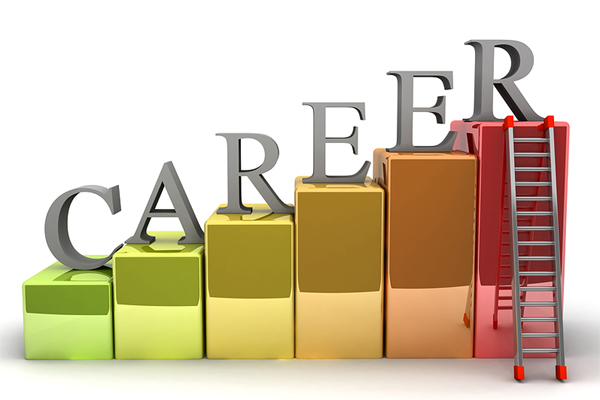



|
Tweet
Pin
It
|
Syllabus
Part -I : Engineering
Mathematics
Part - II : Basic
Engineering & Sciences
Part - III : 1) Civil
Engineering & Geo Informatics | 2) Earth
Science | 3) Mechanical,
Automobile & Aeronautical Engineering | 4) Electrical
& Electronics Engineering and Instrumentation Engineering | 5) Electronics
& Communication Engineering | 6) Production
& Industrial Engineering | 7) Computer
Science & Engineering and Information Technology | 8) Chemical
Engineering, Ceramic Technology & Biotechnology | 9) Textile
Technology | 10) Leather
Technology | 11) Architecture
| 12) Physics
& Material Science | 13) Mathematics
| 14) Social
Science
PART - III (4) Electrical & Electronics Engineering and Instrumentation Engineering
i) Electrical Circuits and Fields : KCL, KVL, Nodal & Mesh analysis, transient response of D.C and A.C networks; sinusoidal steady-state analysis; resonance in electrical circuits; concepts of ideal voltage and current sources, network theorems, driving point admittance and transfer functions of two port network, three phase circuits; Fourier series and its application; Gauss theorem, electric field intensity and potential due to point, line, plane and spherical charge distribution, dielectric, capacitance calculations for simple configurations; Ampere’s and Biot-Savart’s law, inductance calculations for simple configurations.
ii) Electrical machines : Single phase transformer-equivalent circuit, phasor diagram, tests, regulation and efficiency; three phase transformer-connections; auto transformer; principles of energy conversion, windings of rotating machines: D.C generators and motors-characteristics, starting and speed control, armature reaction and commutation; three phase induction motors-performance characteristics, starting and speed control; single-phase induction motors; synchronous generators- performance, regulation; synchronous motors-starting characteristics, applications, synchronous condensers; fractional horse power motors; permanent magnet and stepper motors.
iii) Power Systems : Electric power generation -; thermal, hydro, nuclear; transmission line parameters; steady-state performance of overhead transmission lines and cables and surge propagation; distribution system, insulators, bundle conductors, corona and radio interferences effects; per-unit quantities; bus admittance and impedence matrices; load flow; voltage control and power factor correction; economic operation; symmetrical components, analysis of symmetrical and unsymmetrical faults; principle of over current, differential and distance protections; concepts and solid state relays and digital protection; circuit breakers; principles of system stability-swing curves and equal area criterion.
iv) Control systems : Principles of feedback; transfer function; block diagram; steady-state errors; stability-Routh and Nyquist criteria; Bode plots; compensation; root loci; elementary state variable formulation; state transition matrix and response for Linear time Invariant systems.
v) Power Electronics and Drives : Semiconductor power devices-diodes, transistors, thyristors, triacs, GTO, MOSFETs and IGBTs-static characteristic and principles of operation; triggering circuits; phase control rectifiers; bridge converters-fully controlled and half controlled; principles of choppers and inverters, basic concepts of adjustable speed dc and ac drives.
vi) Digital Electronics : Digital Logic Theory: Number systems-Combinational logic circuits-Minimization of Boolean functions-IC families-Arithmetic circuits, Multiplexer & decoders-Sequential circuits-Flip flops, counters, shift registers, Schmitt trigger, timers and multivibrators. Microprocessor : General 8 bit microprocessor Architcture-8085, 8086 processor -; Architecture, Memory, I/O interfacing, Instruction set, Addressing modes, Timing diagram & delays, Machine cycles, Interrupts, counters, Assembly language programming. Microcontrollers: 8 bit microcontroller -; 8051 architecture, bus configuration, Instruction sets, programming & applications.
vii) Digital Signal Processing : Analog signals-sampling & Aliasing-Discrete time signals & systems- LTI systems- Convolution sum-Difference equation representation-Z Transform & its Inverse-Discrete Fourier series & Fourier transform-Radix 2 FFT -; Decimation in me and frequency- Inverse DFT using FFT-Analog Butterworth & Chebyshev filter design-IIR & FIR filter design and Realization.
viii) Computer Control of Processes, Networks : State models and state equations-controllability & observability-pole assignment-discrete data system -; state space representation-stability-data hold, Z & modified Z transform -; Pulse transfer function-programmable logic controllers. Data networks-switching OSI, Data link control, Media access protocol-BISYNC, SDLC, HDLC, CSMA/CD, TCP/IPBridges, routers, gateways, Ethernet and Arcnet configuration.
ix) Communication Engineering : Modulation and demodulation systems -; Types of transmission lines -; losses -; standing waves -; Ground wave and space wave propagation -; Digital communication concepts -; Data Communication codes, serial and parallel interface -; Network protocol -; Types of satellites -; Advantages of optical fibre communication.
x) Measurements, Instrumentation and Transducers : Measurement of R, L and C-Bridges, potentiometers & galvanometers- Measurement of voltage, current, power, power factor and energy- Instrument transformers, Q meter, Waveform Analyzers -; Digital voltmeter, multimeter-Time, phase and frequency measurements-Oscilloscope -; display and recording devices -; Noise and interference in Instrumentation.
xi) Industrial Instrumentation : Measurement of displacement, stress, strain, force, torque, velocity, Acceleration, Shock, vibration, humidity, viscosity & density- Pressure, temperature, flow & level measurement.
xii) Analytical Instrumentation : Spectro Photometers-Spectral methods of analysis-source detectors and applications -; Ion conductivity-sampling systems, ion selective electrodes, conductivity and pH meters- Analyzers -; Chromatography -; NMR & X ray spectroscopy -; GM and proportional counters- Mass spectrometer.
Units and standards-Calibration methods-Errors-Transducer classification, static characteristics, mathematical mode, zero, I and II order transducers -; Response to different inputs-variable Resistance, Inductance and capacitance transducers-Piezo electric, Magnetostrictive, IC and smart sensors- Digital, Fibre optic, Hall effect and feedback transducers.
Find it Useful ? Help Others by Sharing Online
Comments and Discussions |
Related
Entrance Exams
|
|||
|
|